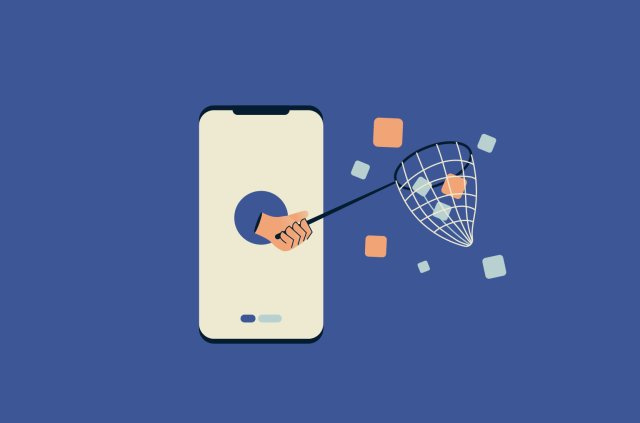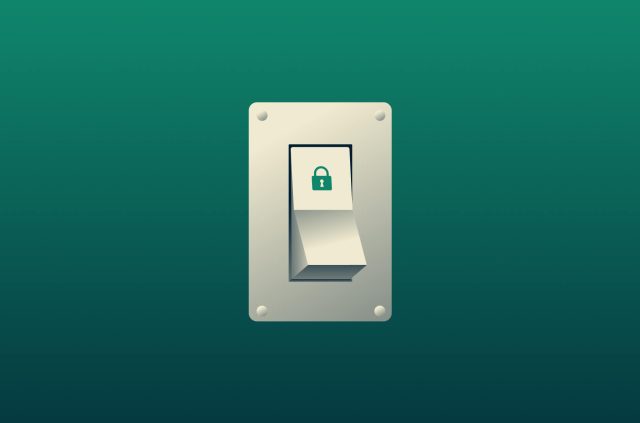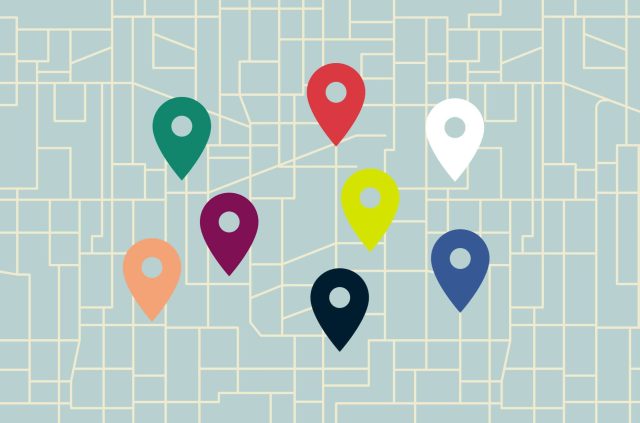7 privacy and security takeaways in Mary Meeker’s Internet Trends Report

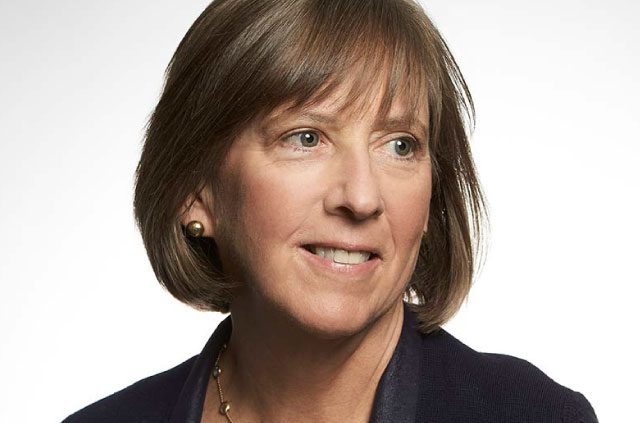
This post was originally published on June 28, 2019.
The biggest slide deck about the internet is back! Mary Meeker’s Internet Trends Report has highlighted important online observations since 1995, and this year’s report is a staggering 334 slides.
While Meeker’s report touches on a plethora of topics, we took a closer look at the trends surrounding online privacy and security.
1. Over half the world has an internet connection, but smartphone growth is declining
As of 2018, 51% of the world’s population can connect to the internet, compared to 24% just ten years ago. But smartphone adoption, considered a significant catalyst for internet use, is starting to decline, with unit shipments declining by 4% in 2018.

2. The Asia Pacific region makes up a majority of global internet users
Internet users in the Asia Pacific region make up 53% of global internet users, whereas Europe comprises only 15%. North America has the highest internet user penetration with 89% of all North Americans online; in comparison, only 48% of the Asia Pacific population is online.
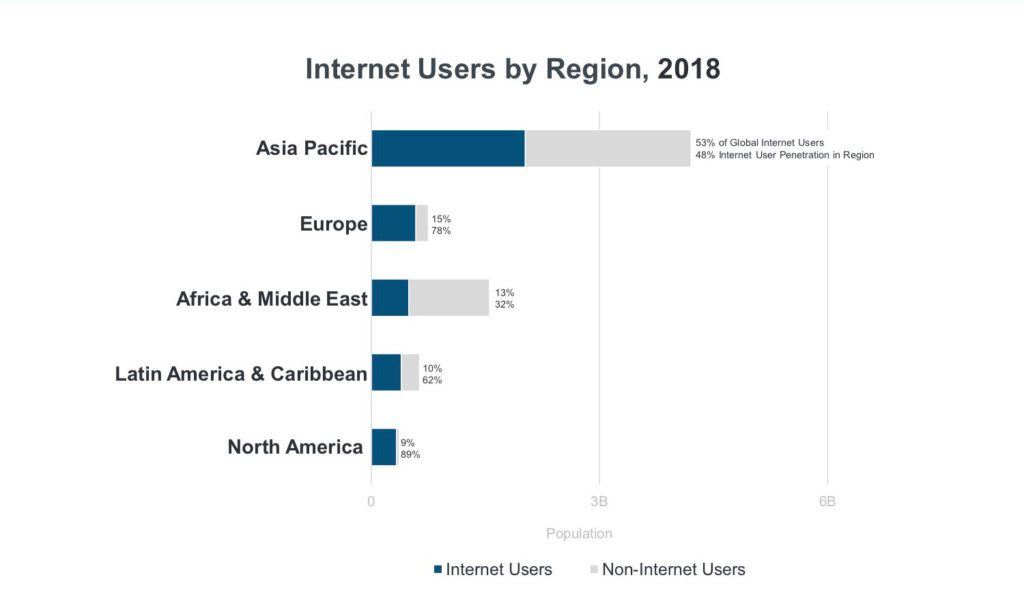
3. Fewer people have access to a completely uncensored internet
A decreasing share of the global online population lives in countries that have zero internet censorship—20% in 2018, compared to 24% in 2016. A third of users online experience a partially uncensored internet, and another third live in countries without any internet freedom at all.
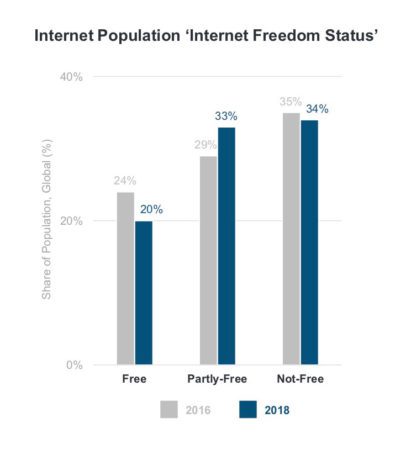
The phenomenon of differing internet regulations has been called a “splinternet ... where your experience online is determined by local regulation.”
Examples of local regulation can be found below:
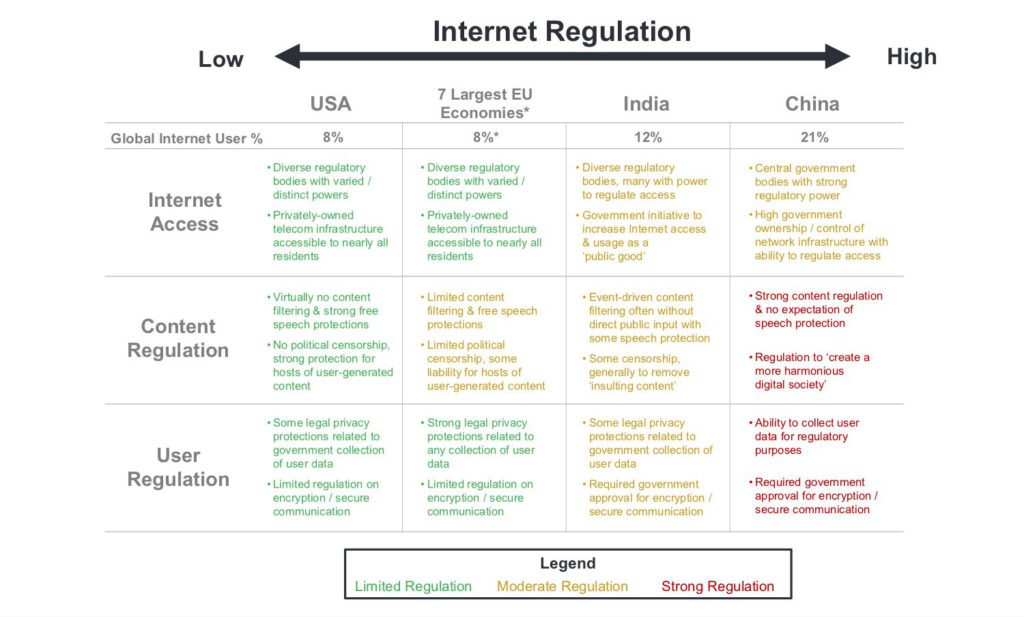
4. Cyber attacks are becoming more sophisticated and wider in scope
Cyber attacks are now focusing on companies and organizations with access to troves of sensitive data (think Equifax and Marriott), and are increasing in frequency.
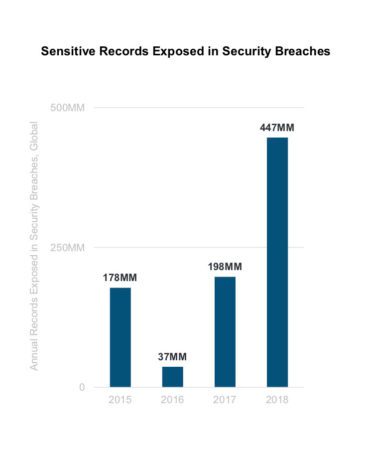
The ante is raised even further, with the U.S., UK, Netherlands, and Germany just some countries that have publicly indicted state involvement in a number of cyber attacks.
5. Smartphone users are taking action to curb their usage addiction
More users are actively trying to reduce time spent on their devices, from 47% in 2017 to 63% in 2018.
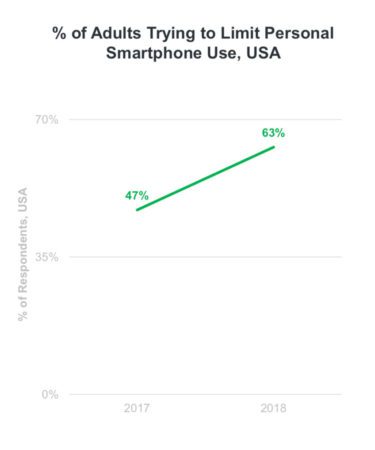
This is backed up in part by a decelerating use of social media over the past year, with only 1.1% growth in 2018 compared to 6% the year before.
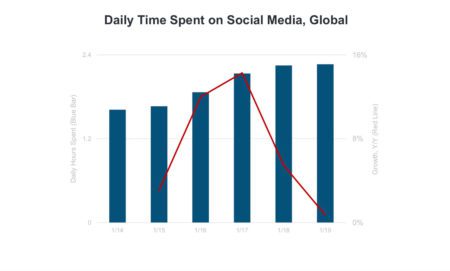
6. People are still concerned about privacy, but that number is decreasing
Dropping from 64% in 2014, 52% of people are more concerned about privacy than they were in the year before.

The drop could be because people perceive greater control over their privacy, with problematic tech companies like Facebook and Google improving how users manage their own privacy. Governments are also putting in efforts to protect user privacy, the most notable being the EU’s GDPR.
7. More people are using encrypted services online
The past few years have seen a steady increase in the number of monthly active users of encrypted messaging services. The most significant increase comes from the increase in encrypted web traffic, which has jumped from 53% in 2016 to 87%(!) in 2019.
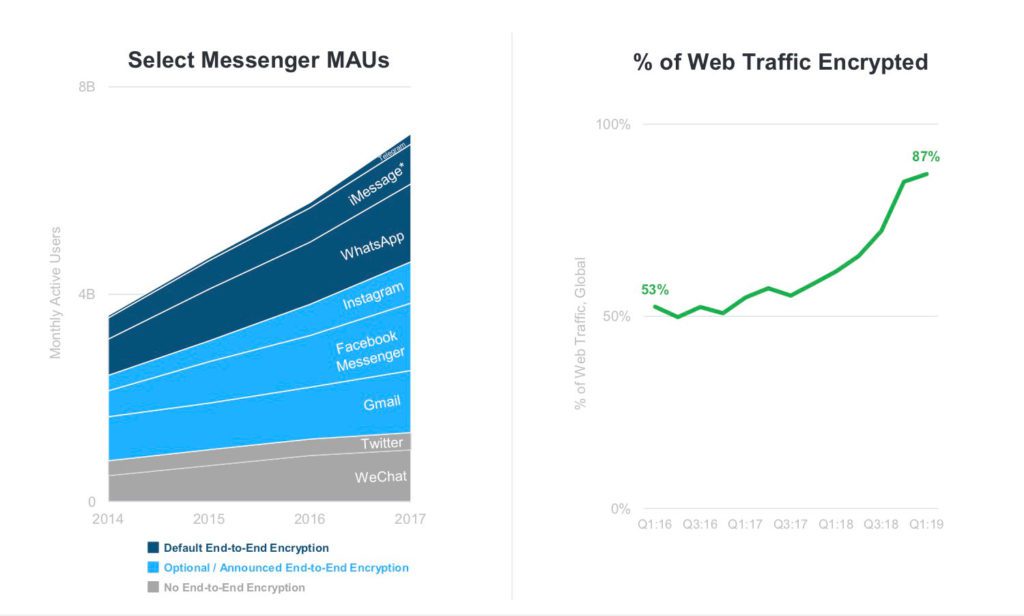
Beyond online privacy and security
Meeker’s report also goes into detail about big data, healthcare, e-commerce, and a lot more. It does cover the internet, after all. You can see the complete deck here, and reports from previous years here.
Take the first step to protect yourself online. Try ExpressVPN risk-free.
Get ExpressVPN
